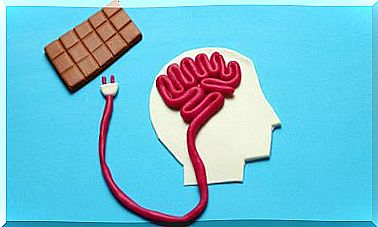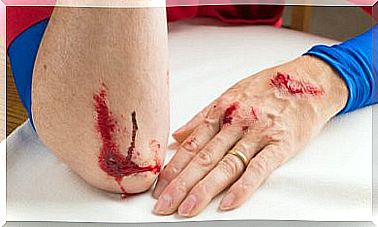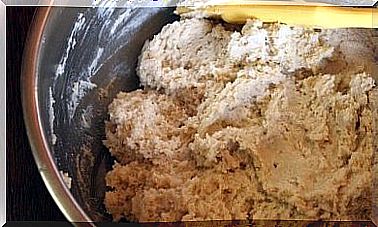The Best Squat Exercises
Squats help us tone buttocks and legs. When you master the basic technique you can add other exercises to the routine. Here we explain 10 types of squats.
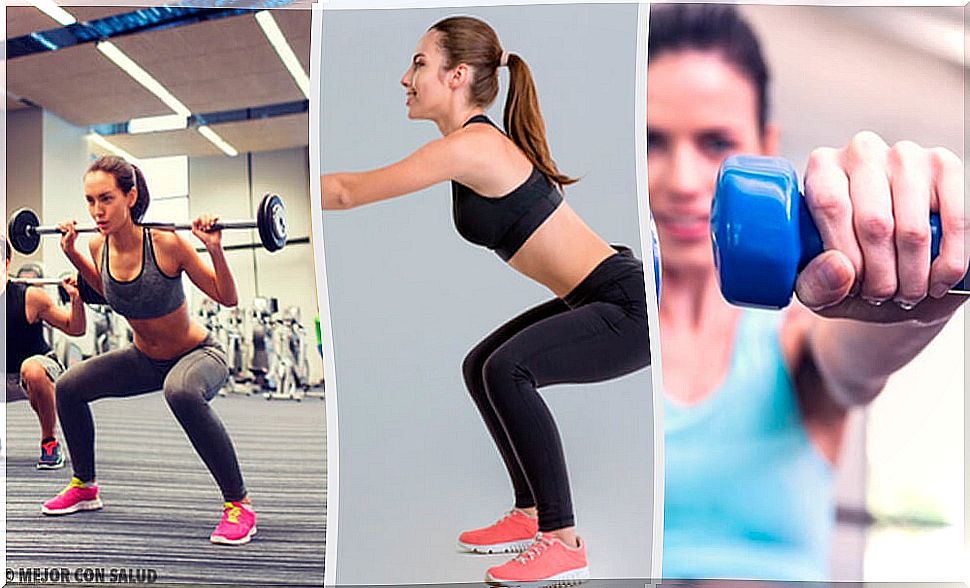
For many people, squats are one of the “must have” exercises in any routine. They allow to tone the buttocks and legs, but also help to improve the posture of the whole body. That is why in the following article we will tell you which are the best squat exercises.
You will no longer have excuses to shape your thighs!
What are the best squat exercises?
There is no consensus on what are the best squat exercises as such. In reality, what matters is that we strive to do them both correctly and consistently.
Everyone has their preferences, depending on their routine style, however, below we will share some of the most used squats in training sessions for you to try them and see their benefits.

1. Basic squats
Sure you already know how to do them, but it is worth remembering or teaching those who have never practiced them before. With a straight back spread your legs to the width of the shoulders. Leave the arms at the sides of the body.
Slowly lower your torso as you bend your knees. The idea is that the thighs are “facing out” and the back is straight. Lower as close to the ground, hold for a few seconds, and return to the starting position.
2. “Ballet” squats
Ballet squats are a more powerful alternative to the basic squat. You will work the gluteus maximus, but also the inside of the thighs (adductors) and the outside of the hips (abductors).
They are done standing up and with the right back, spread the legs as far as possible so that they exceed the line of the shoulders. The tips of the feet should point to the sides, as if it were one of the forms of classical ballet.
Lower your body by bending your knees. Pay attention so that these do not pass the tip of the feet. At that point ¿, it goes up quickly. Go down again slowly and rise with agility.
Discover: 5 exercises that benefit your back muscles
3. Squats with closed legs
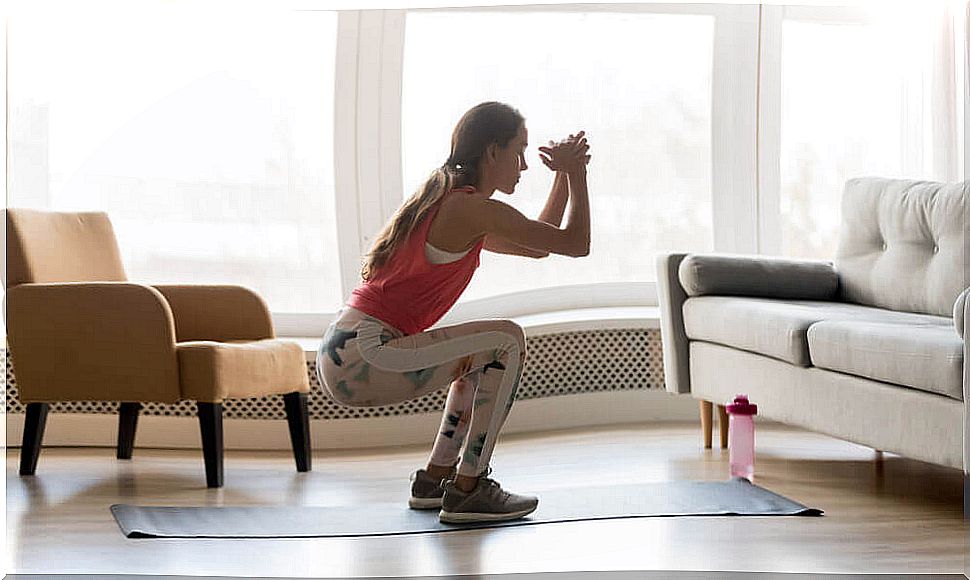
These types of squats are the opposite of the previous ones. Legs stay together at all times. The technique is very simple: standing slowly lower your body by bending your knees and bringing your buttocks back. The knees should not go beyond the balls of the feet.
4. Open and closed leg squats
Now is the time to combine two squat exercises: the basic and the closed legs. Start as you are used to, spreading your legs to shoulder width apart.
Go down slowly and go up slowly. For the second repetition, close your legs and descend little by little, but when ascending, do it quickly. Alternate opening and closing your legs.
5. Jump squats
It is an excellent exercise to tone the muscles and at the same time to work a little cardio. Additional loads are not recommended for these squats because they can cause joint injury or discomfort.
They start the same as the basic squats, but when we rise we do it by giving a small jump with the legs stretched out. You can bring your hands to your head to keep your balance.
6. Triple squats
To tone the gluteal muscles this exercise can be very useful. It is about keeping your legs bent as much as possible. When you have lowered your torso, put your arms straight forward and do three short up and down movements with your glutes.
7. Dumbbell squats
Little by little we will add more difficulty to the exercise . To start, grab two small dumbbells. The arms are in front of the body and while the torso goes down (with the legs spread) they “hang” until almost touching the floor.
8. Squats with a disk or kettlebell
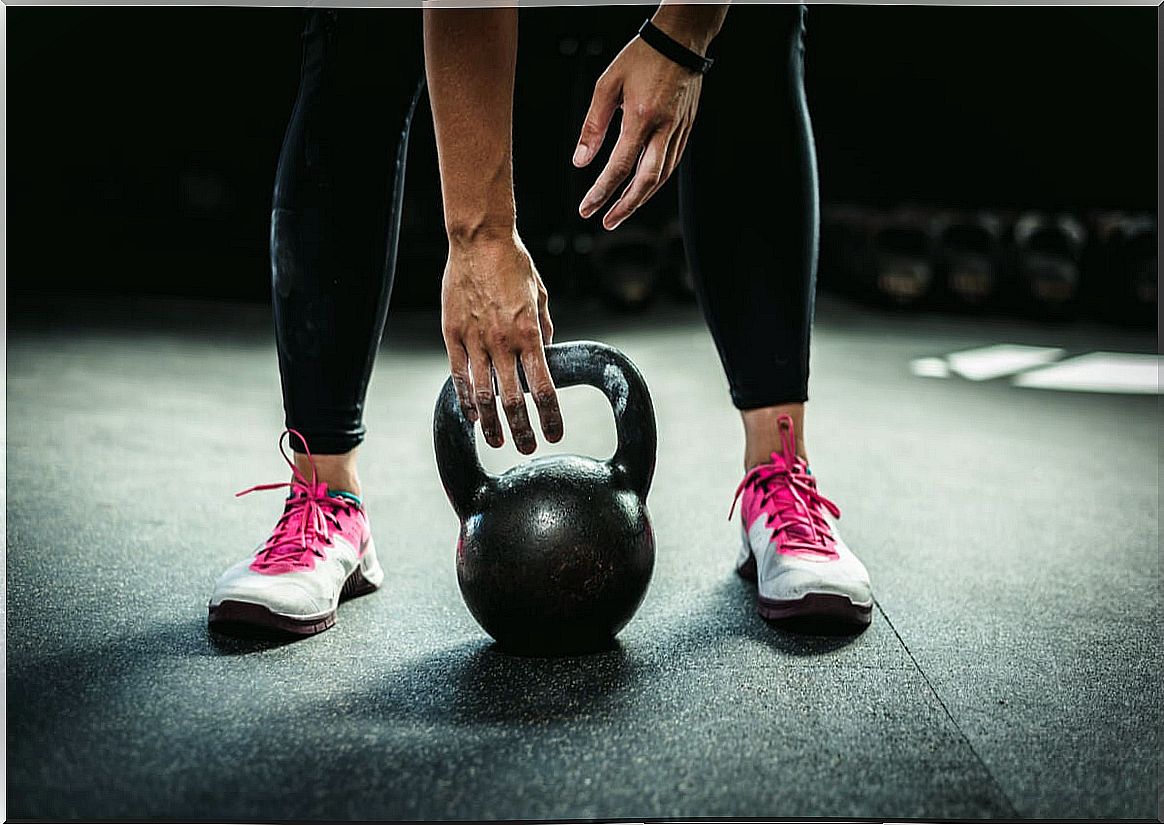
They are also known as “sumo squats” and are similar to ballet, although with an additional weight that can be either a dumbbell for beginners or a disk or a kettlebell (the round with handles also known as Kettlebelll or ” kettlebell Russian ”) for advanced users.
9. Barbell squats
Another of the most demanding squat exercises and generally performed by experts. The weight of the bar will depend on your training and capabilities. You can even start with just the bar (no discs). Bring the bar behind your back and hold it on your shoulders. The hands are fixed on the sides.
Come down very slowly with your back straight and bending your knees. Count to three in that position before slowly climbing up.
Once you have mastered this technique and have added weight to it, you can practice the following option: while your legs are bent, raise your arms and bring the bar over your head. Hold for a few seconds and lower it before raising your torso.
10. Squats with lunges
Finally, we present you this exercise that tones the lower muscles completely. It is quite demanding and we recommend that you do it slowly so as not to hurt yourself.
Start with a basic squat. But instead of going up until your legs are completely straight, bring one leg back to do a lunge. The front leg remains bent. Return to the squat position and now bring your other leg back. Thus you will have completed a repetition.
Final comments
As we have seen, squat exercises are excellent to work the body and complement the routine, but it is true that in some cases they can bore us a bit. However, it is possible to do them interspersed so as not to feel that we are doing such a monotonous work and that we have a certain variety.
Once we have mastered the basic technique, we can add different variants to our training sessions. Of course, while still taking advantage of the benefits for the buttocks and legs.
